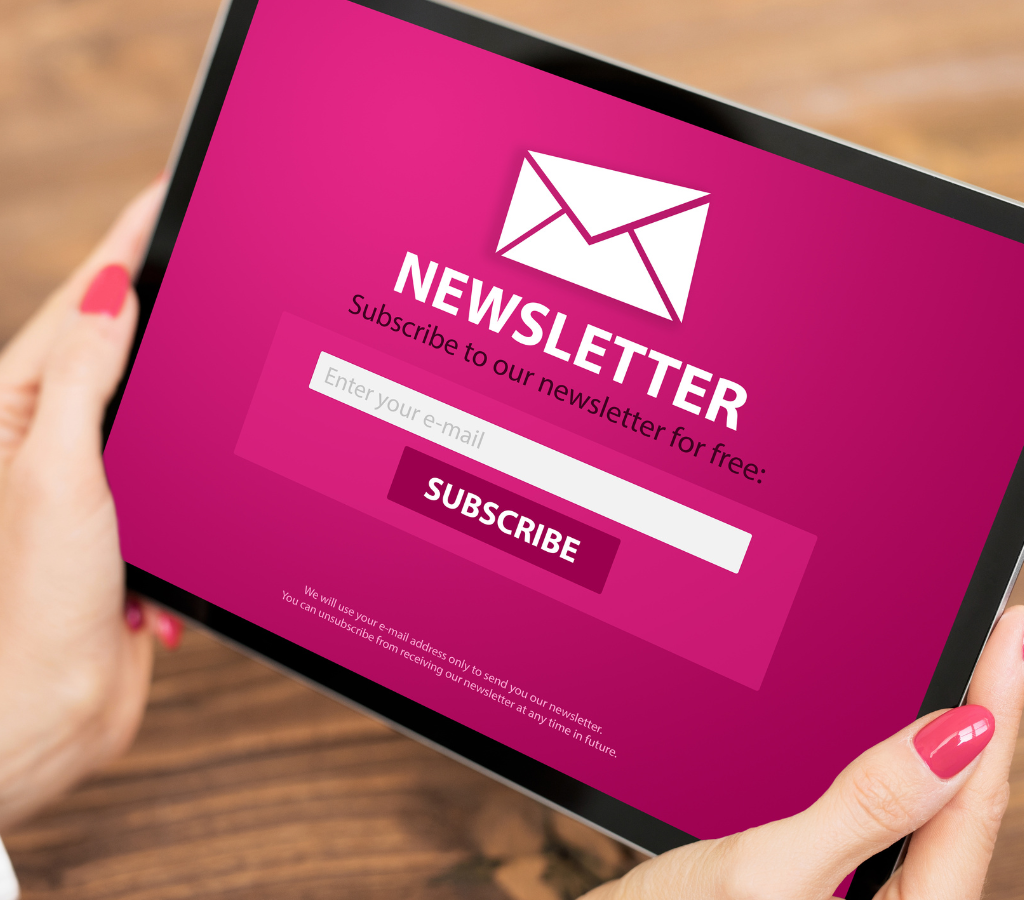An email footer is the last thing people see in your message. But it gives important information and reinforces your company's brand. So, we will talk about what an email footer is, how it is different from an email signature, what to include in an email footer, and give you some examples of good email footer.
What is an Email Footer?
An email footer is the section at the bottom of an email that contains information about the sender, the company, and any additional details. It is designed to enhance the professionalism and credibility of the email by providing a clear and concise summary of who you are and what you do. Unlike an email signature, which is more personal and often includes social media links and personal contact information, an email footer is more formal and focused on business details.

What to Include in an Email Footer
When making an email footer, it is important to include the following elements:
- Company Information: Name, address, and contact details.
- Legal Disclaimers: Terms of service, privacy policy, and any other legal notices.
- Social Media Links: Links to your company's social media profiles.
- Unsubscribe Link: A clear link for recipients to unsubscribe from future emails.
- Copyright Information: A statement indicating the copyright ownership of the content.
How to Design an Email Footer?
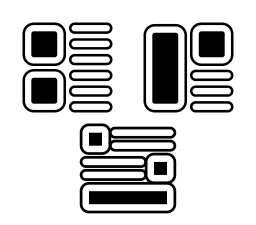
Picking the Right Layout
For easy navigation and good appearance, you need a clean, well-organized layout. So, use a grid to make sure that everything is properly spaced and lined up. Also, think about the order of content and put the most important details at the top.
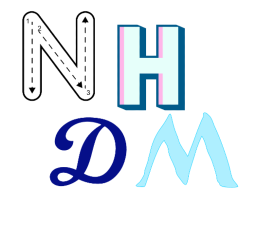
Choosing the Right Fonts and Colors
For a professional look, it's important to be consistent with your font choices and color scheme. So, pick styles that are clear and easy to read, and make sure the colors you use match your brand. To make something stand out, use colors that are different from each other.

Using Elements of Your Brand
Put your logo somewhere noticeable and use brand colors effectively to help people connect your brand with what you do. Make sure the design of the footer fits with the overall look and feel of your brand.

Including Visual Structure
Make a clear visual structure to help people focus. For example, headings, subheadings, and body text should all have different font sizes, weights, and styles.
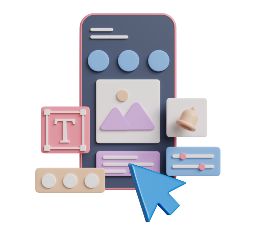
Optimizing for Mobile Devices
Make the footer responsive, which means it can adjust to different screen sizes and positions. In addition, test it on a number of mobile devices and email clients.

Examples of Good Email Footer
Here are a few examples of well-crafted email footers:
Example 1: Simple and Professional
[Company Logo]
[Company Name]
123 Main Street, Anytown, USA 12345
Phone: 555-555-5555 | Email: [info@company.com](mailto:info@company.com)
Unsubscribe: [Unsubscribe Link]
Copyright 2024 [Company Name]. All rights reserved.
Example 2: Including Legal Disclaimers
[Company Logo]
[Company Name]
123 Main Street, Anytown, USA 12345
Phone: 555-555-5555 | Email: [info@company.com](mailto:info@company.com)
Unsubscribe: [Unsubscribe Link]
Terms of Service | Privacy Policy | Legal Disclaimer
Copyright 2024 [Company Name]. All rights reserved.
Example 3: Social Media Integration
[Company Logo]
[Company Name]
123 Main Street, Anytown, USA 12345
Phone: 555-555-5555 | Email: [info@company.com](mailto:info@company.com)
Unsubscribe: [Unsubscribe Link]
Follow us on social media:
- Facebook: [Facebook Link]
- Twitter: [Twitter Link]
- LinkedIn: [LinkedIn Link]
Copyright 2024 [Company Name]. All rights reserved.
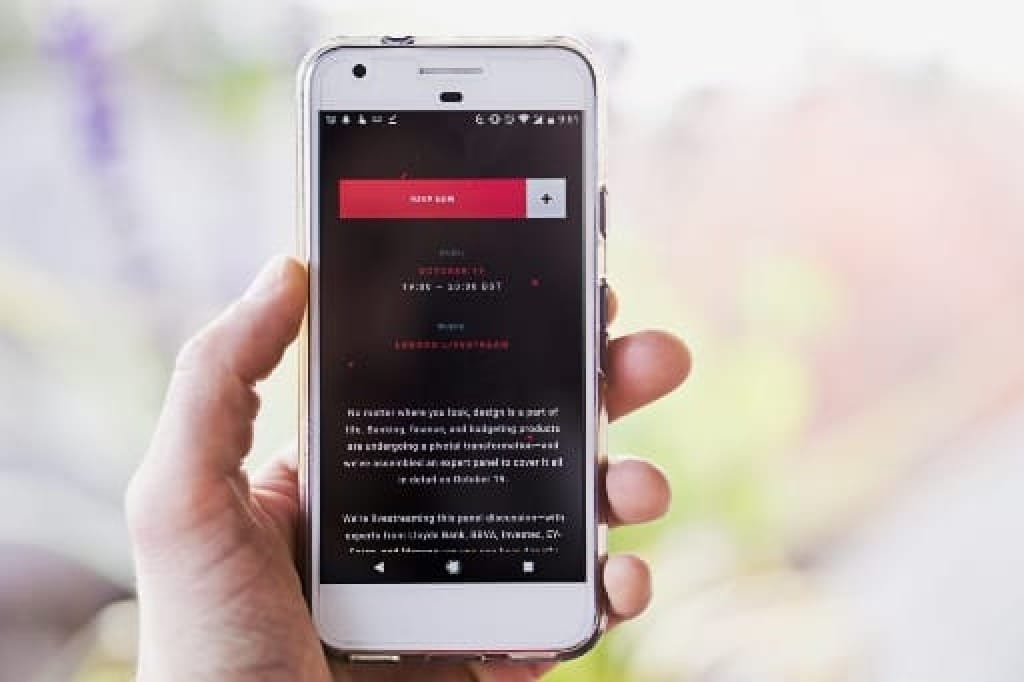
The Benefits of an Email Footer
An email footer might seem like a small, unimportant part, but don't forget how beneficial it is to have it. In addition to helping your email marketing work better generally, it serves more than one purpose. So, let's look at the benefits of an email footer:
1. Being Professional and Trustworthy
When you add a footer to the end of your emails, they look more professional and reliable. Giving important details such as your contact details and details about your business shows that you are a real company that can be trusted. This also helps you make a good impression and earns the trust of the people you're writing to.
2. Consistency and Brand Recognition
If you want people to know and remember your brand, you need to be consistent with it. Putting your logo, color scheme, and other brand features in the email footer can help your brand stand out. If people see your brand at the footer of their emails often, they are more likely to know it and think of your brand when they see it.
3. Compliance with the Law
Legal requirements in the email footer are not only a good idea, but it's also required by law in many places. Based on where you are and the type of business you run, you may need to include things such as disclaimers, privacy policies, options for unsubscribe or cancel, and other legal information. It could be against the law not to include this information, so it's important to make sure your email message meets the rules.
4. Contact and Communication
In the email footer, it's easy to put your contact information so that people who want to get in touch with you can do so. Your email, phone number, and real address make it easier for people to contact you for questions, help, or other reasons. Customers will also like how easy this is, which makes them happy and more interested.
5. Engagement on Social Media
Putting links to your social media pages in the footer of your emails encourages people to connect with your business on different platforms. This can help you attract more people on social media, get more people to follow you, and build a community around your brand.

Difference Between Email Footer and Email Signature
Both are important for branding and professionalism, but they have different purposes:
- Email Signature: When you add your name, job title, contact information, and sometimes social media links to the end of an email, this is called an email signature. You can add this to your emails to make them more personal and relevant to the recipient.
- Email Footer: This is a more formal part of the email that gives information about the business, such as its name, address, contact information, and sometimes legal disclaimers. It is necessary to keep up a professional appearance and make sure you are following the law.
In conclusion, an email footer is an important part of your email marketing plan because it keeps things professional while giving out important information about your business. You can also make your emails more credible and trustworthy by adding the right things and making sure the design is good.
